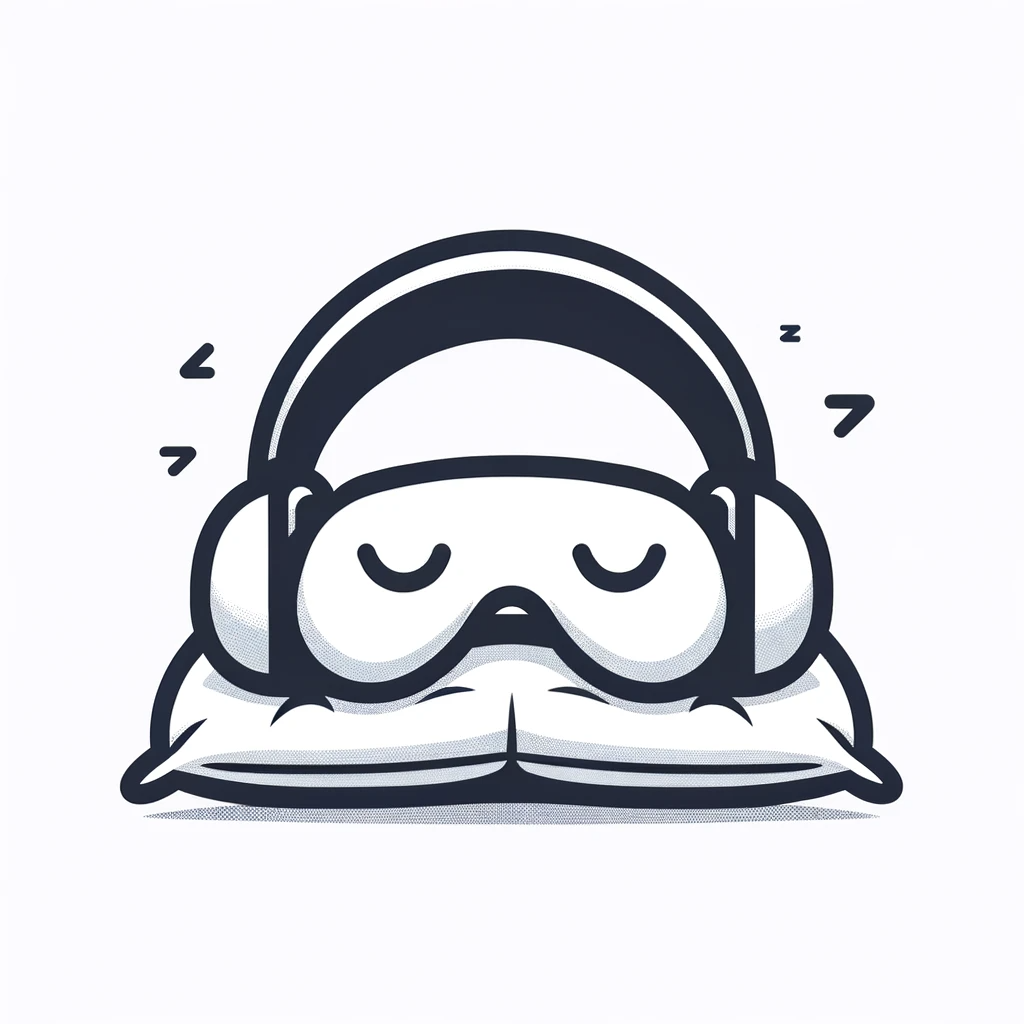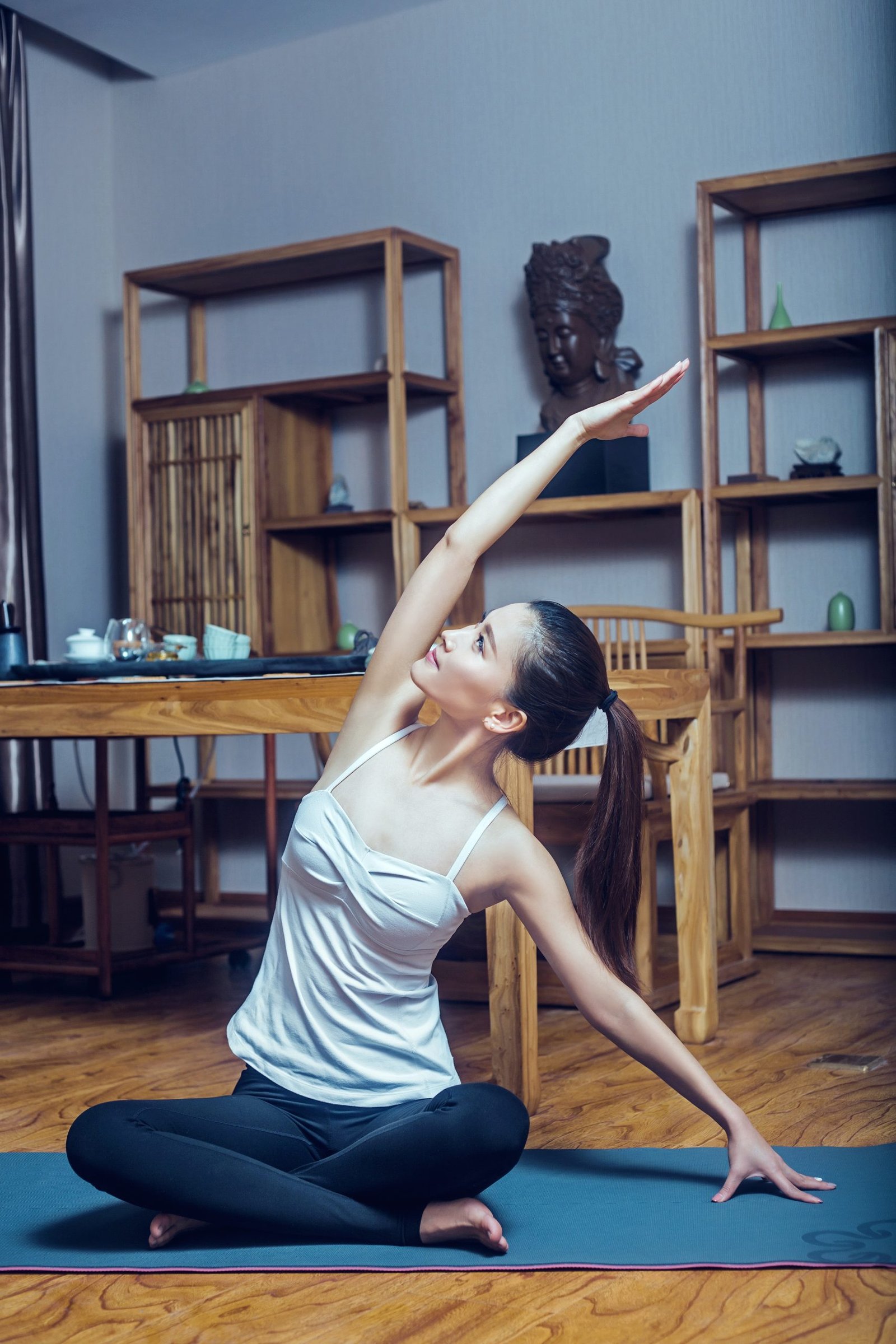
Flex and Unwind: Indoor Stretching Routines for Ultimate Relaxation
Written: Editor | August 24, 2023
:max\_bytes(150000):strip\_icc()/6-Stretches-You-Should-Try-Doing-88a7ab6ef83e493f9b74770d15913c41.jpg)
Essential Equipment for Indoor Stretching
Whether you're a beginner or an experienced stretcher, having the right equipment can enhance your indoor stretching routines and take your flexibility to the next level. Here are some recommended equipment options for different levels of stretching.
Recommended equipment for beginners
-
Yoga Mat: A yoga mat provides a comfortable and non-slip surface to perform your stretches. It also adds extra cushioning for your joints.
-
Stretching Strap: A stretching strap helps you reach deeper into your stretches by providing leverage and support. It is particularly useful for targeting those hard-to-reach muscle groups.
-
Yoga Blocks: Yoga blocks are great for beginners as they provide stability and support during stretches. They can be used to modify poses or assist with balance.
Advanced equipment for challenging stretches
-
Foam Roller: A foam roller is ideal for self-myofascial release and deep tissue massage. It helps relax and loosen tight muscles, improving mobility and range of motion.
-
Resistance Bands: Resistance bands add extra resistance to your stretches, making them more challenging and effective. They are versatile and can target various muscle groups.
-
Inversion Table: An inversion table allows you to safely invert and stretch your spine. It helps relieve back pain and decompresses the spinal discs.
Optional equipment for added comfort and support
-
Pilates Ball: A pilates ball can be used to support and stabilize your body during core exercises and stretches. It also helps improve balance and coordination.
-
Stretching Mat: A stretching mat provides extra cushioning, making your stretches more comfortable, especially if you're performing floor stretches or exercises.
-
Massage Balls: Massage balls are great for releasing tension and targeting specific areas of tightness or knots in your muscles. They can be used for self-massage or trigger point therapy.
Having the right equipment can make a significant difference in the effectiveness and comfort of your indoor stretching routines. Choose the equipment that suits your level of flexibility and goals, and always remember to listen to your body and stretch safely.

Full-Body Indoor Stretching Routine
Looking for an effective way to relieve tension, improve flexibility, and increase mobility without leaving the comfort of your home? An indoor stretching routine could be just what you need! Whether you're preparing for a workout or simply want to improve your overall well-being, incorporating regular stretching exercises into your daily routine can provide numerous benefits.
Head-to-toe stretching exercises
Start from your head: Begin by gently tilting your head from side to side, forward and backward, and in a circular motion to release tension in your neck and upper back.
Shoulder and chest: Stretch your arms overhead, interlacing your fingers, and then lean gently to one side, feeling the stretch along your side and through your shoulder and chest. Repeat on the other side.
Back and core: Lie on your back and bring your knees to your chest, hugging them in tight. This stretch targets your lower back and helps to alleviate any tension or discomfort.
Hip and legs: Sit on the floor with your legs extended in front of you. Gently bend forward from your hips, reaching towards your toes. Feel the stretch in your hamstrings and lower back.
Focus on major muscle groups
Quadriceps: Stand upright and hold on to a chair or wall for support. Bend one knee and grab your ankle, then gently pull your foot towards your buttocks until you feel a stretch in the front of your thigh. Repeat on the other side.
Calves: Stand facing a wall, placing your hands against it at shoulder height. Extend one leg behind you, keeping your heel on the floor, and lean forward into the wall until you feel a stretch in your calf. Switch legs and repeat.
Incorporating dynamic and static stretches
Dynamic stretches: These involve active movements that warm up your muscles and improve your range of motion. Examples include arm circles, walking lunges, and leg swings.
Static stretches: These stretches involve holding a position for a prolonged period to improve flexibility and relax muscles. Some static stretches include hamstring stretches, shoulder stretches, and the child's pose.
Remember to breathe deeply, relax into each stretch, and never push past your comfort zone to avoid injury. Incorporating an indoor stretching routine into your daily life can help you feel more energized, prevent muscle imbalances, and promote overall well-being. So grab a mat, put on some relaxing music, and start stretching your way to a healthier body and mind.

Targeted Stretching for Specific Areas
When it comes to maintaining a healthy body, regular stretching can make a big difference in your flexibility, range of motion, and overall well-being. If you're looking to target specific areas of your body, such as the neck and shoulders, back and spine, or hips and legs, incorporating targeted stretching routines into your daily routine can help alleviate tension and prevent muscle stiffness and pain.
Stretching routines for neck and shoulders
-
Neck stretches: Gently tilt your head from side to side, forward and backward, and rotate it in a circular motion to release tension in the neck muscles.
-
Shoulder rolls: Roll your shoulders forward and backward in a circular motion to loosen up the shoulder muscles.
Stretching routines for back and spine
-
Child's pose: Kneel on the floor and bend forward, resting your forehead on the ground. Stretch your arms forward and feel the stretch in your lower back.
-
Cat-cow stretch: Get on all fours and alternate between arching your back upward (like a cat) and lowering it downward (like a cow) to stretch the muscles along your spine.
Stretching routines for hips and legs
-
Butterfly stretch: Sit on the floor, bend your knees, and bring the soles of your feet together. Gently press your knees toward the ground to stretch the inner thighs and hips.
-
Standing quad stretch: Stand upright, grab one foot behind you, and gently pull it towards your glutes to stretch the front of your thigh.
Remember to warm up your body before stretching and never push yourself to the point of pain or discomfort. Consistency is key, so aim to incorporate these stretching routines into your daily routine to promote flexibility and prevent muscle tightness.
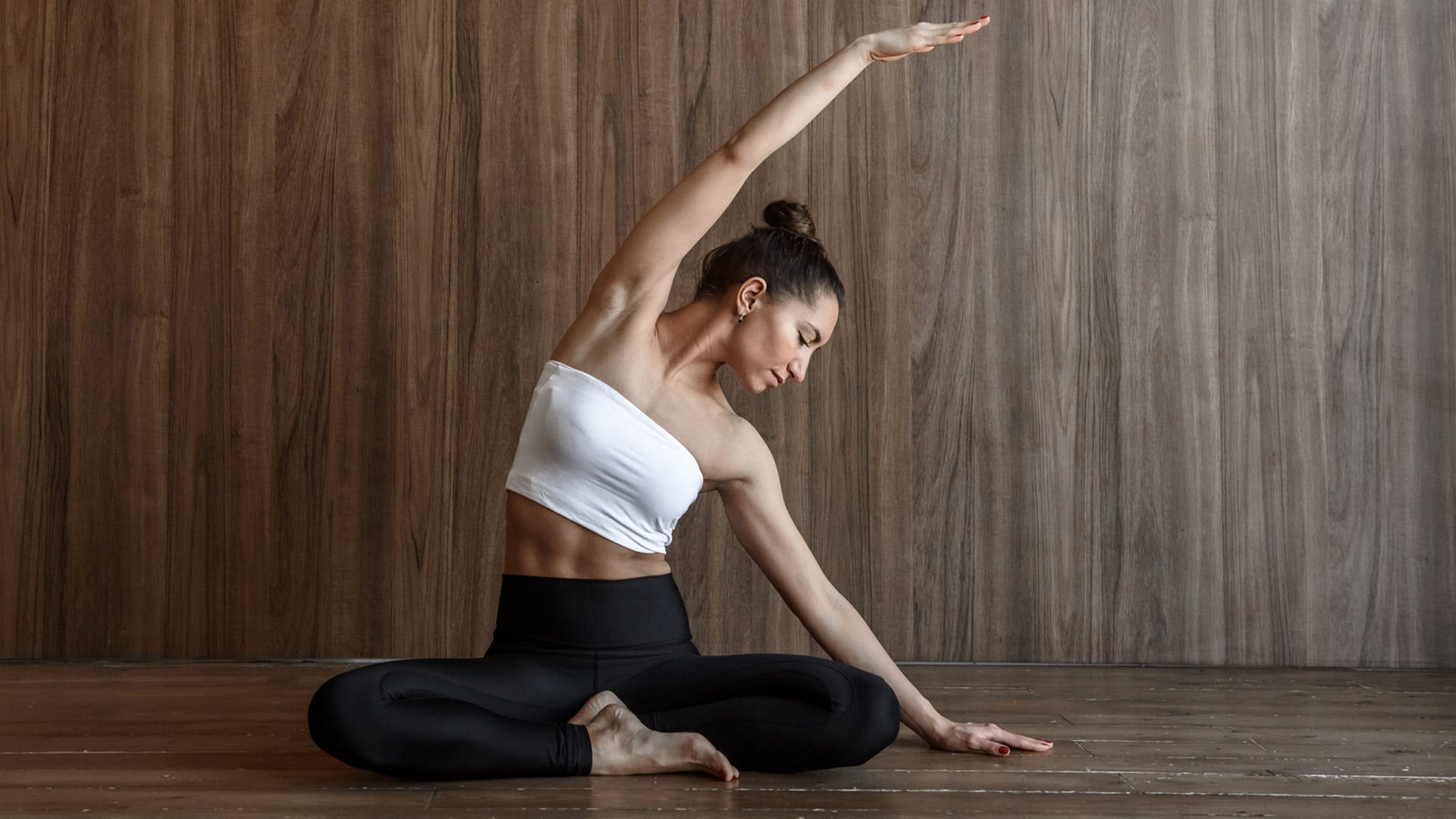
Modifying Indoor Stretches for Different Fitness Levels
Indoor stretching routines are an excellent way to improve flexibility, increase mobility, and promote relaxation. Whether you are a beginner or have some experience with stretching, it's important to modify your routine to match your fitness level. Here are some tips and variations for different stages of your stretching journey.
Beginner-friendly modifications
If you are just starting with indoor stretching, it's crucial to take it slow and focus on proper form. Here are a few modifications to make your routine more beginner-friendly:
-
Shorten the duration: Start with shorter stretching sessions, aiming for 10-15 minutes initially. Gradually increase the duration as you get more comfortable and flexible.
-
Focus on basic stretches: Begin with simple stretches that target major muscle groups, such as calf stretches, hamstring stretches, and shoulder rolls. These stretches are less intense and help warm up your body.
Intermediate variations for increased intensity
For those who have been stretching regularly and want to challenge themselves, here are some variations to amp up the intensity:
-
Longer holds: Extend the duration of each stretch, holding them for 30 seconds or more. This allows for deeper muscle relaxation and improves flexibility.
-
Add resistance: Use resistance bands or weights to intensify certain stretches. For example, hold one end of a resistance band while stretching your arms to increase the resistance and engage more muscles.
Remember to listen to your body and never push yourself beyond your limits. Stretching should never cause pain, so if you experience discomfort, ease off the stretch or try a modified version. It's important to gradually progress and challenge yourself while prioritizing safety and proper technique.
By modifying your indoor stretching routine to match your fitness level, you can gradually improve flexibility, enhance muscle strength, and enjoy the numerous benefits of regular stretching.
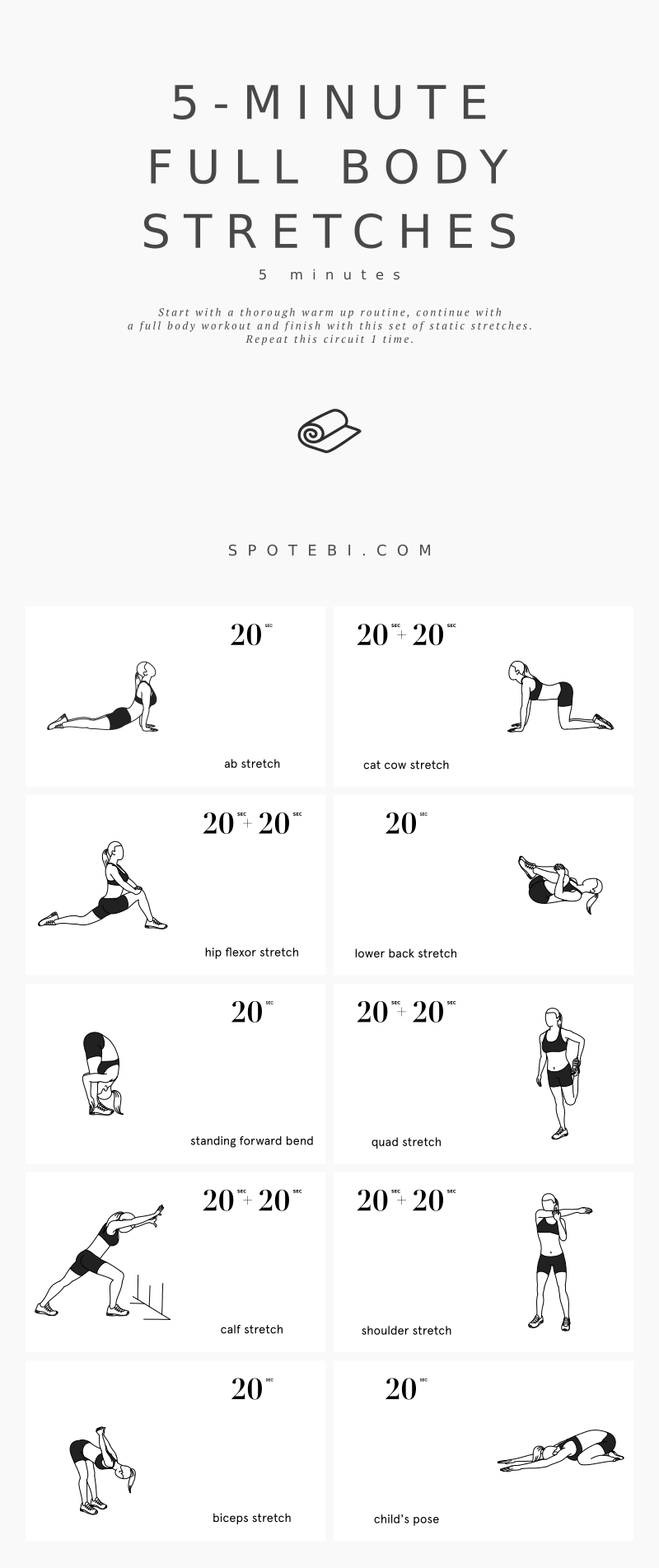
Safety Tips and Precautions for Indoor Stretching
Proper warm-up and cooldown techniques
When engaging in indoor stretching exercises, it is crucial to start with a proper warm-up routine. This helps prepare your muscles for the stretching movements and reduces the risk of injuries. Simple warm-up activities include light cardio exercises like jumping jacks or jogging in place. After your stretching session, it is equally important to cool down gradually to bring your heart rate back to normal and prevent muscle soreness. Incorporating gentle stretches and deep breathing exercises can aid in the cooldown process.
Avoiding overstretching and injury
While stretching can be beneficial for improving flexibility and relieving muscle tension, it is essential to avoid overstretching. Overstretching can lead to muscle strains or tears, causing pain and requiring lengthy recovery periods. To prevent overstretching, always stretch within a comfortable range of motion and avoid bouncing or jerking movements. Instead, focus on slow and controlled stretches, gradually increasing the intensity over time. Additionally, listen to your body and stop stretching if you experience any sharp or prolonged pain.
Remember, stretching should be a gentle and progressive process. It is essential to be patient and consistent with your stretching routine to see long-term benefits. If you have any pre-existing medical conditions or concerns, it is advisable to consult with a healthcare professional or a certified fitness instructor before starting any new stretching program.
By following these safety tips and precautions, you can enjoy the benefits of indoor stretching while minimizing the risk of injury and maximizing your overall well-being.
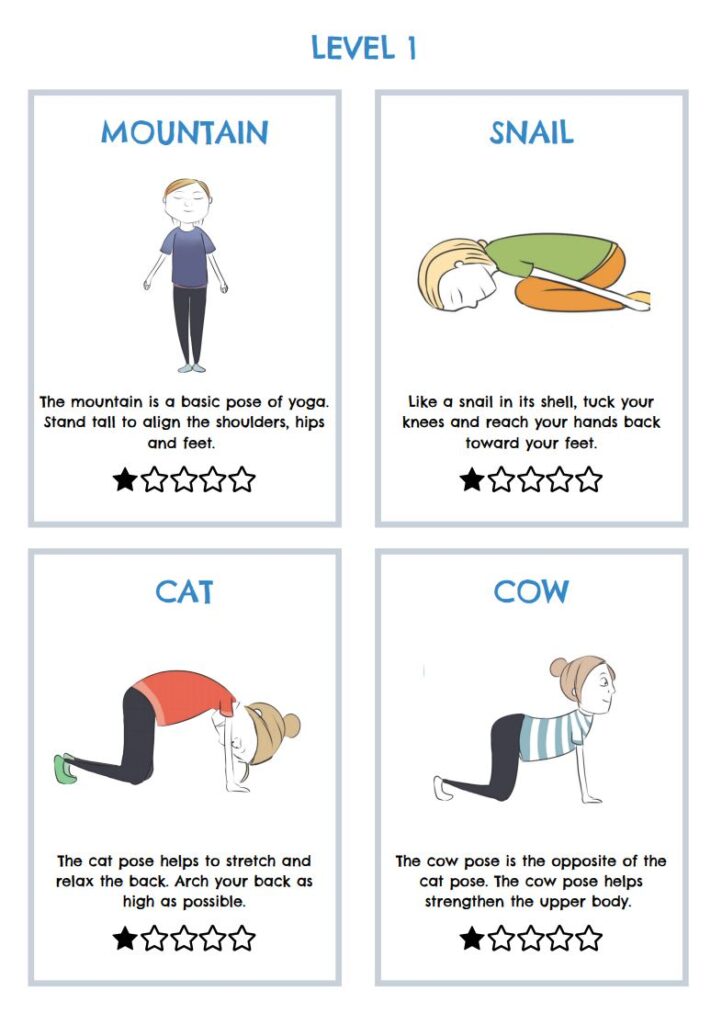
Creating a Relaxing Environment for Indoor Stretching
Choosing the right music or ambiance
When it comes to indoor stretching, creating a relaxing environment is key to enhancing the experience. One way to do this is by choosing the right music or ambiance. Soft, soothing music can help you relax and set the mood for a calming stretching session. Consider creating a playlist of gentle tunes that promote relaxation and tranquility. Alternatively, you can opt for nature sounds like ocean waves or birdsong to create a serene atmosphere. Experiment with different genres and tempos to find what works best for you.
Utilizing aromatherapy and essential oils
Another way to enhance your indoor stretching routine is by utilizing aromatherapy and essential oils. Certain scents, such as lavender or eucalyptus, have calming properties that can help you unwind and reduce stress. You can use essential oils by diffusing them in a diffuser or spraying them onto a cloth or pillow. Alternatively, you can create a calming atmosphere by lighting scented candles or using incense sticks. Remember to choose scents that you find soothing and enjoyable, as different individuals respond differently to various aromas.
Creating a relaxing environment for your indoor stretching routine can greatly enhance the overall experience. It allows you to fully immerse yourself in the practice and reap the benefits of increased flexibility, improved blood circulation, and reduced muscle tension. So, take some time to find the right music, ambiance, and scents that help you relax and enjoy your indoor stretching sessions to the fullest.
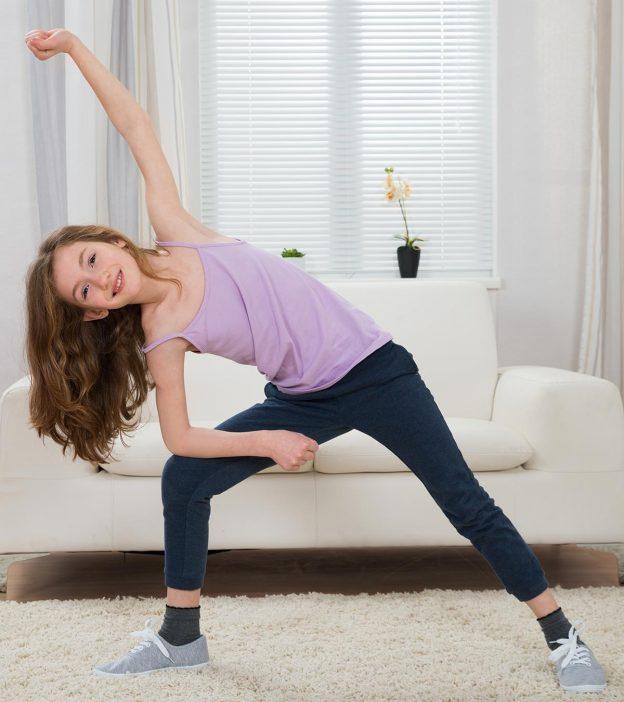
Incorporating Indoor Stretching into Your Daily Routine
Are you feeling stiff and tense after a long day at work or a challenging workout? Incorporating an indoor stretching routine into your daily schedule can help relieve tension, improve flexibility, and increase blood flow to your muscles. By taking just a few minutes each day to stretch, you can promote relaxation and enhance your overall well-being.
Finding time for stretching in a busy schedule
Finding time for stretching in a busy schedule can sometimes be a challenge, but it's essential for your physical and mental health. Here are some tips to help you make stretching a priority:
-
Schedule it in: Set aside specific times during the day dedicated to stretching. This could be in the morning before starting your day, during a lunch break, or in the evening before bed. By treating it like any other appointment, you are more likely to follow through.
-
Combine it with other activities: Incorporate stretching into activities you already do, such as watching TV, reading, or listening to a podcast. Stretching while engaging in these activities not only saves time but also makes it more enjoyable.
-
Start small: If finding a chunk of time for stretching seems overwhelming, start with shorter sessions. Even just five minutes of stretching can have a positive impact. Gradually increase the duration as you become more comfortable and flexible.
-
Make it a family affair: If you have family members or roommates, invite them to join you in your stretching routine. Not only does it provide a bonding opportunity, but it also makes it more fun and motivating.
Remember, indoor stretching should be gentle and pain-free. Listen to your body, and if you experience any discomfort, adjust the stretch or seek guidance from a qualified professional. With consistency and dedication, you'll soon reap the benefits of incorporating indoor stretching into your daily routine.

Conclusion
Incorporating indoor stretching routines into your daily life can have numerous benefits for your physical and mental well-being. Not only does stretching help improve flexibility and reduce the risk of injury, but it also helps relieve muscle tension and promote relaxation. Additionally, regular stretching can improve posture, increase blood circulation, and enhance overall athletic performance.
Summary of the importance of indoor stretching routines
Stretching is an essential part of maintaining a healthy and active lifestyle. It can improve flexibility, prevent muscle imbalances, and enhance mobility. By incorporating regular stretching sessions into your indoor routine, you can experience better athletic performance, reduced muscle soreness, and improved overall body function.
Encouragement to start incorporating stretching into daily life
Start small and gradually build up your stretching routine. Begin with simple stretches and gradually increase intensity and duration. Set aside dedicated time each day, whether it's in the morning or evening, to focus on stretching. Remember to listen to your body and not push yourself too hard to avoid injury.
Additional resources for further guidance and information
If you want to learn more about indoor stretching routines or need guidance on specific stretches, there are several resources available. Online videos and tutorials can provide visual instruction, and fitness websites or apps often offer guided stretching routines. Additionally, consulting a fitness professional or attending a stretching class can provide personalized guidance and support on incorporating stretching into your daily life. Remember, the key is consistency and making stretching a regular part of your indoor routine for long-term benefits.


